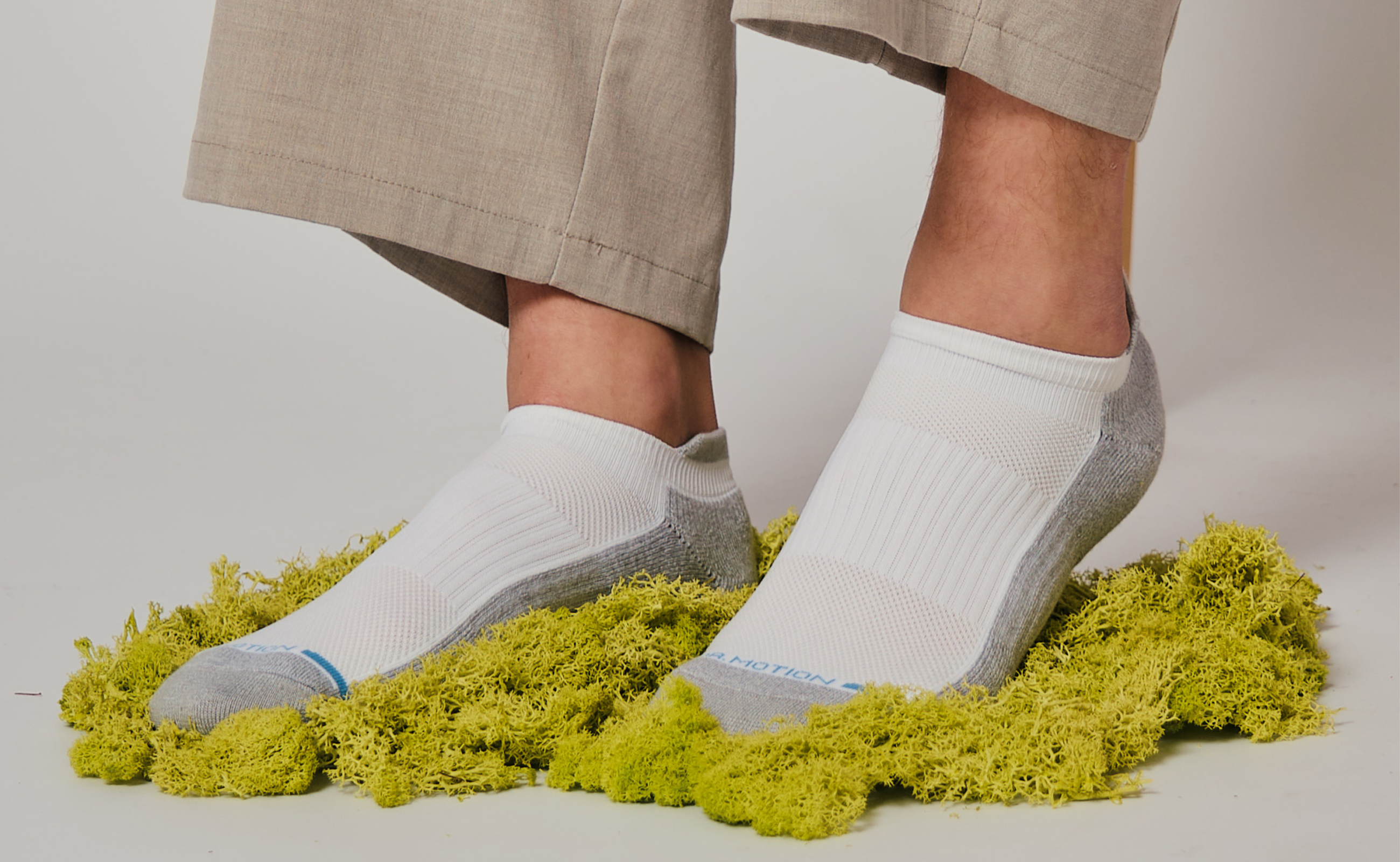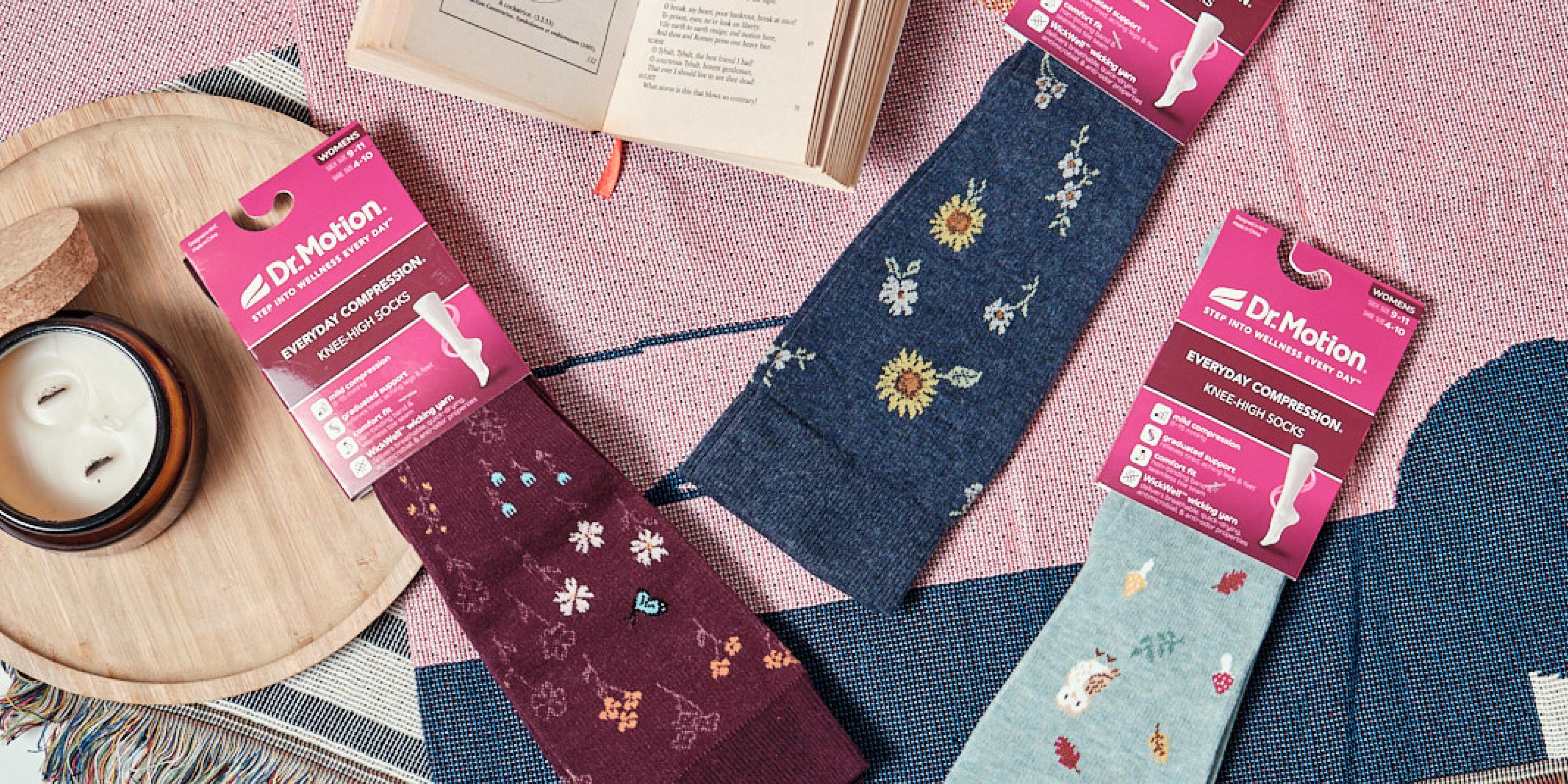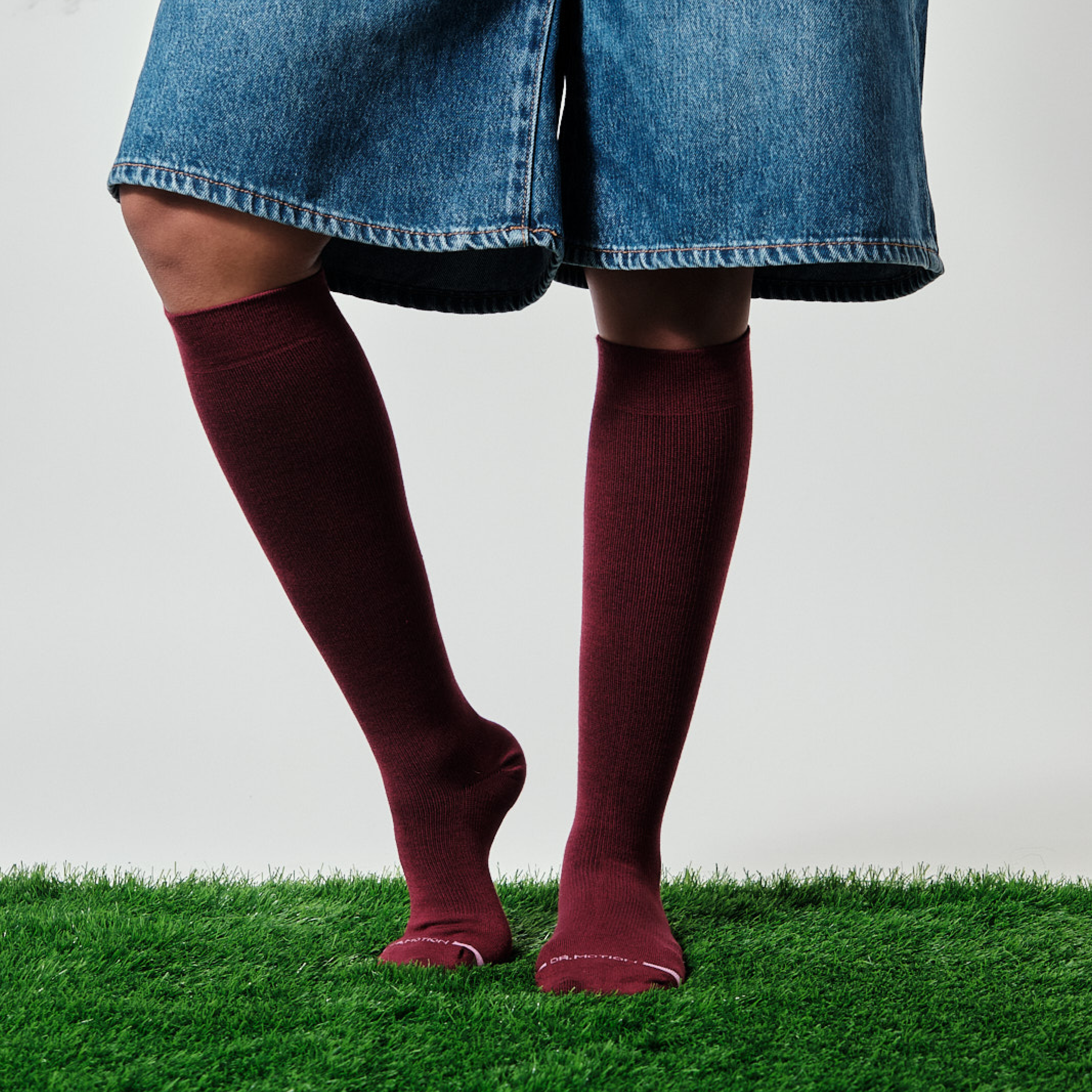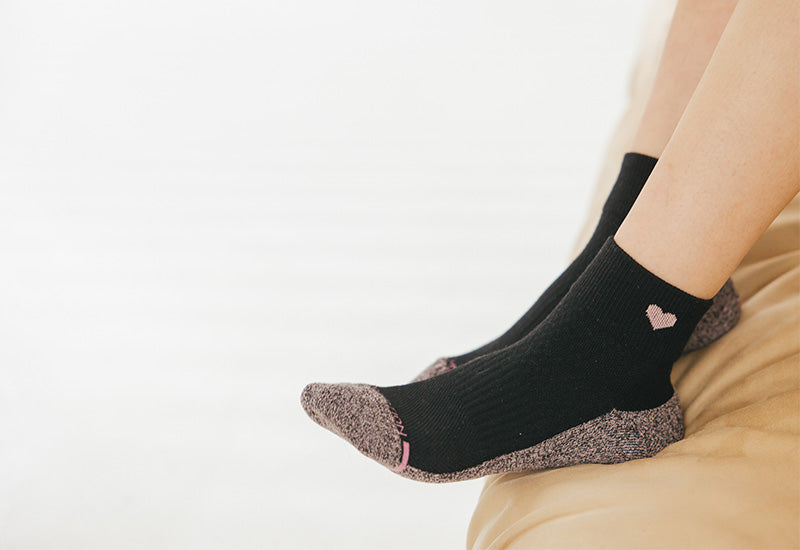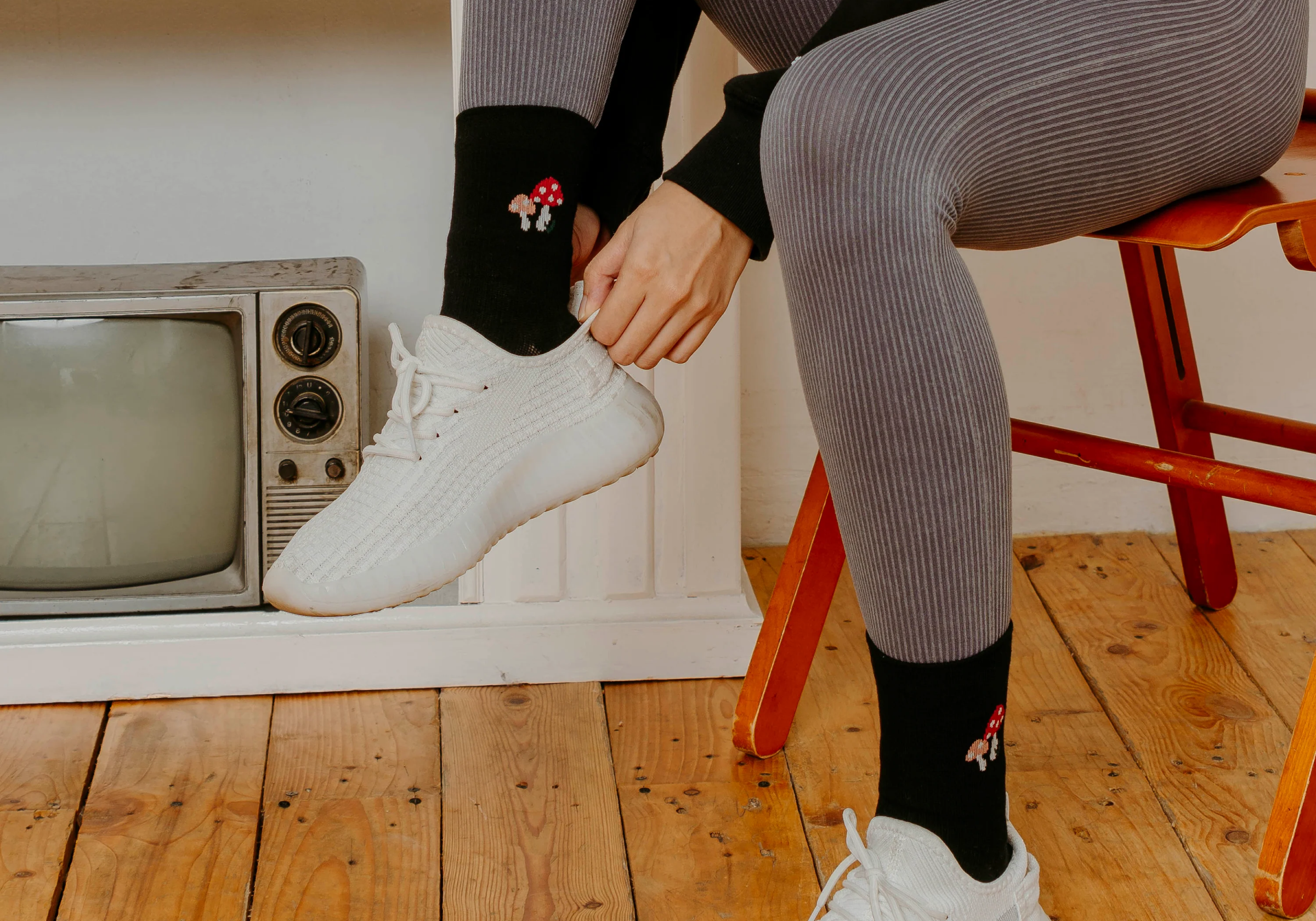Decoding the Difference: Compression Socks vs. Diabetic Socks
When it comes to legwear, it's easy to get lost in the variety of options available. Two types of socks that often raise questions are compression socks and diabetic socks. These specialized socks serve different purposes, and understanding the distinction between them is crucial for your overall health and well-being.
In this article, we'll decode the differences between compression socks and diabetic socks, helping you make informed choices for your leg and foot care. Let's dive in!
What Are Compression Socks?
Compression socks are specifically designed to improve blood circulation in your legs. They are made of elastic materials that apply gentle pressure to your ankles and legs, gradually decreasing as they move up the calf. This graduated compression encourages blood to flow back towards the heart, helping to prevent or alleviate a range of leg-related issues.
The Purpose of Compression Socks
The primary function of compression socks is to enhance blood flow. They are often recommended for various medical conditions or situations, such as:
-
Varicose Veins: Compression socks can alleviate the discomfort and swelling associated with varicose veins by promoting better blood circulation.
-
Deep Vein Thrombosis (DVT): For those at risk of DVT, especially during long periods of immobility (such as air travel or post-surgery recovery), compression socks help prevent blood clots.
-
Edema: People with chronic edema or fluid retention can find relief as compression socks reduce fluid buildup in the legs.
-
Leg Fatigue: If you experience tired, achy legs, especially after long hours on your feet, compression socks can provide relief and reduce leg fatigue.
-
Athletic Performance: Some athletes use compression socks to enhance circulation during workouts and aid recovery afterward.
- Pregnancy: Pregnant women often wear compression stockings to prevent or manage swelling and varicose veins.
What Are Diabetic Socks?
Diabetic socks, on the other hand, are specially designed for individuals with diabetes. These socks aim to protect the feet and lower legs of those with diabetes from complications related to their condition. People with diabetes are at higher risk of foot issues, including neuropathy (nerve damage) and poor circulation, which can lead to ulcers or infections.
The Purpose of Diabetic Socks
Diabetic socks serve several essential functions:
-
Reduced Friction: Diabetic socks are made with smooth, seamless materials to minimize friction, which can lead to blisters, sores, or ulcers in individuals with diabetes.
-
Moisture Control: These socks often have moisture-wicking properties to keep the feet dry, reducing the risk of fungal or bacterial infections.
-
Non-Binding: They are typically non-binding and have minimal elasticity to avoid constriction of the blood flow, a critical factor in diabetes care.
- Cushioning: Diabetic socks may include extra padding to provide additional comfort and protect the feet from pressure sores.
The Key Differences
Understanding the key differences between compression socks and diabetic socks is vital:
-
Primary Function: Compression socks are primarily designed to improve blood circulation and manage various leg conditions. Diabetic socks, in contrast, focus on safeguarding the feet from potential complications.
-
Pressure Level: Compression socks exert graduated pressure, with the most pressure at the ankle and decreasing upwards. Diabetic socks offer minimal pressure to avoid constricting blood flow.
-
Seams and Material: Diabetic socks usually have minimal to no seams and are made from soft, moisture-wicking materials. Compression socks can have seams and are made from elastic materials for pressure.
- Targeted Users: Anyone can wear compression socks, especially if they have leg-related issues or want to enhance athletic performance. Diabetic socks are specifically designed for individuals with diabetes.
The Takeaway
Both compression socks and diabetic socks play essential roles in leg and foot care, but they serve different purposes and are suitable for different individuals. If you have diabetes, it's crucial to prioritize your foot health and consider diabetic socks to prevent complications. On the other hand, if you're looking to address specific leg conditions, enhance circulation, or recover from strenuous physical activities, compression socks may be your best choice.
Our Comfort Top socks are designed to provide the utmost comfort and protection for individuals with diabetes. Whichever you choose, remember that your foot health is a priority, and the right choice in legwear can make all the difference.



